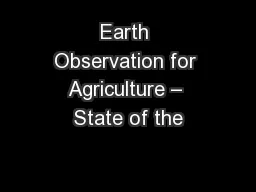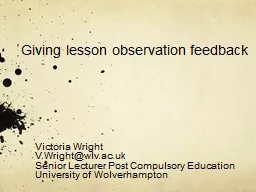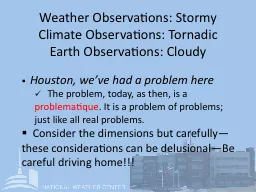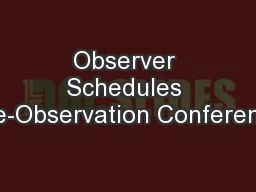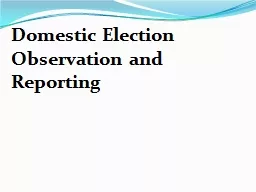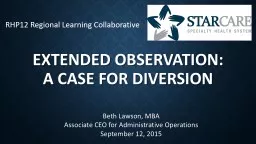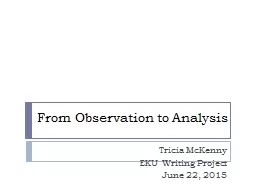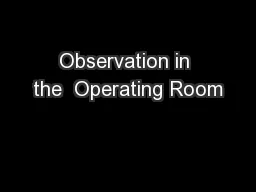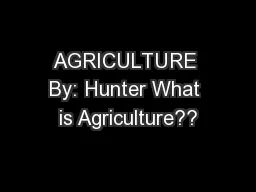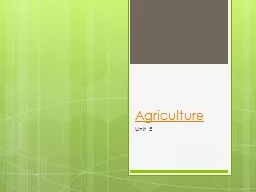PPT-Earth Observation for Agriculture – State of the
Author : phoebe-click | Published Date : 2016-07-19
Art F Baret INRAEMMAH Avignon France 1 Outlook The several needs for agriculture Observational Requirements Variables targeted accessible Spatial Temporal Retrieval
Presentation Embed Code
Download Presentation
Download Presentation The PPT/PDF document "Earth Observation for Agriculture – St..." is the property of its rightful owner. Permission is granted to download and print the materials on this website for personal, non-commercial use only, and to display it on your personal computer provided you do not modify the materials and that you retain all copyright notices contained in the materials. By downloading content from our website, you accept the terms of this agreement.
Earth Observation for Agriculture – State of the: Transcript
Download Rules Of Document
"Earth Observation for Agriculture – State of the"The content belongs to its owner. You may download and print it for personal use, without modification, and keep all copyright notices. By downloading, you agree to these terms.
Related Documents

